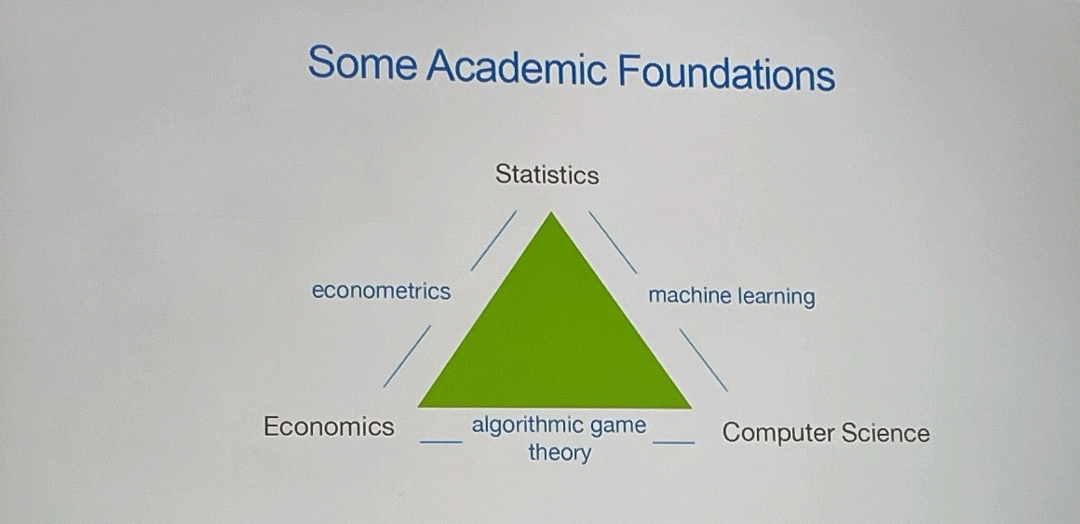🔬 In-Depth Comparison of Energy Storage Technologies
Below is a detailed comparative analysis of the leading energy storage technologies for utility-scale applications, highlighting their technical performance, costs, scalability, and best use cases.
📊 Key Comparison Factors
💡 1. Lead-Acid Batteries
✅ Best For:
- Short-duration applications (voltage support, spinning reserve).
- Small-scale backup energy storage.
❌ Why Not?:
- Short lifespan (1,000–2,000 cycles).
- Low energy density, requiring more space than alternatives.
- High maintenance requirements.
🔋 2. Lithium-Ion Batteries
✅ Best For:
- Fast-response grid applications (frequency regulation, peak shaving).
- Renewable energy integration (storing excess solar/wind for later use).
- Modular deployments (easily scalable).
❌ Why Not?:
- Thermal runaway risks require strict Battery Management Systems (BMS).
- High material costs (cobalt, nickel, lithium).
- Limited lifespan (~10,000 cycles max) compared to some alternatives.
🛢️ 3. Flow Batteries
✅ Best For:
- Long-duration energy storage (4–12+ hours).
- Grid-scale renewable integration.
- Deep discharge capability (100% Depth of Discharge without degradation).
❌ Why Not?:
- Expensive upfront costs ($200–800/kWh).
- Large space requirements due to low energy density.
- Complex liquid circulation systems require maintenance.
🔥 4. Sodium-Sulfur (NaS) Batteries
✅ Best For:
- Large-scale grid storage (6+ hour discharge).
- Energy shifting applications (storing excess renewables for nighttime use).
❌ Why Not?:
- High-temperature operation (300°C–350°C) increases maintenance costs.
- Safety concerns due to liquid sodium.
- Limited market availability.
🌊 5. Pumped Hydro Storage
✅ Best For:
- Bulk energy storage at grid-scale.
- Long-duration (6–12+ hours) energy shifting.
- Decades-long lifespan (50+ years).
❌ Why Not?:
- Geographic constraints (requires elevation changes & reservoirs).
- High initial capital investment ($100M+ for large projects).
- Long construction times (5–10 years).
⚙️ 6. Flywheel Energy Storage
✅ Best For:
- Ultra-fast response times (milliseconds).
- Frequency regulation & power quality improvement.
- Low maintenance and long lifespan.
❌ Why Not?:
- Limited energy storage capacity (seconds to minutes).
- Not suitable for long-term energy storage.
- Higher upfront costs ($500–1,000/kWh).
💨 7. Compressed Air Energy Storage (CAES)
✅ Best For:
- Bulk renewable energy storage (multi-GWh possible).
- Low-cost long-duration energy storage.
- Large-scale load balancing.
❌ Why Not?:
- Geographic constraints (requires underground caverns).
- Lower efficiency (50–70%) than battery storage.
- High-pressure risks require robust containment systems.
⚖️ Final Recommendation: Which Technology is Best for Your Use Case?
🔮 Future Trends: Emerging Storage Technologies
- Solid-State Batteries: High energy density, safer than Li-ion.
- Hydrogen Storage: Converting excess electricity to hydrogen for long-term storage.
- Supercapacitors: Ultra-fast energy discharge for grid stability.
- Gravity-Based Storage: Using weight and elevation for energy storage.
💡 Key Takeaways
- No single storage technology is perfect—each has trade-offs in cost, efficiency, and scalability.
- Lithium-ion dominates short-duration storage, but flow batteries and pumped hydro are better for long-duration grid applications.
- Geographic constraints determine feasibility—some technologies (e.g., CAES, pumped hydro) require specific landscapes.
- Future innovations in solid-state batteries, hydrogen storage, and supercapacitors could change the energy storage landscape.

